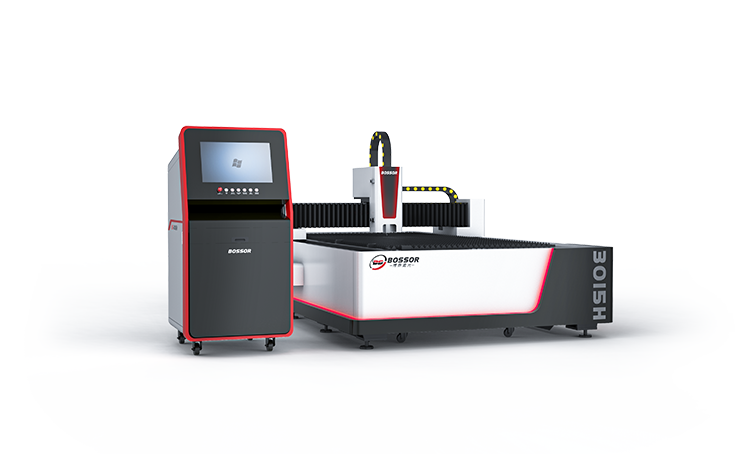How to cut good samples with laser cutting machine
Release time:
2020-06-04
Since laser power density has a great influence on cutting speed, the selection of lens focal length is an important issue. After the laser beam is focused, the spot size is proportional to the focal length of the lens. After the beam is focused by a short focal length lens, the spot size is smaller, and the power density at the focus is higher, which is beneficial to material cutting; but its disadvantage is that the focal depth is short and the adjustment margin is small. It is generally suitable for cutting thin materials at high speed. Since the telephoto lens has a wider focal depth, it is more suitable for cutting thick workpieces as long as it has sufficient power density.

Since laser power density has a great influence on cutting speed, the selection of lens focal length is an important issue. After the laser beam is focused, the spot size is proportional to the focal length of the lens. After the beam is focused by a short focal length lens, the spot size is smaller, and the power density at the focus is higher, which is beneficial to material cutting; but its disadvantage is that the focal depth is short and the adjustment margin is small. It is generally suitable for cutting thin materials at high speed. Since the telephoto lens has a wider focal depth, it is more suitable for cutting thick workpieces as long as it has sufficient power density.
After determining which focal length lens to use, the relative position of the focus and the workpiece surface is particularly important to ensure cutting quality. Due to the high power density at the focus, in most cases the focus position is just on the surface of the workpiece or slightly below the surface during cutting. During the entire cutting process, ensuring a constant relative position between the focus and the workpiece is an important condition for obtaining stable cutting quality. Sometimes, the lens is heated due to poor cooling during operation, causing changes in focal length, which requires timely adjustment of the focus position.
When the focus is in the right position, the cutting slit is small, the efficiency is high, and the cutting speed can achieve good cutting results. In most applications, the beam focus is adjusted to be just below the nozzle. The distance between the nozzle and the workpiece surface is generally about 1.5mm.
In the process of laser application, problems such as focusing are often encountered. There are three common simple methods to determine the focus position:
(1) Printing method: Move the cutting head from top to bottom, and print the laser beam on the plastic plate, with the smaller printing diameter as the focus.
(2) Inclined plate method: Use a plastic plate placed at an angle to the vertical axis to pull it horizontally and find the smaller part of the laser beam as the focus.
(3) Blue spark method: Remove the nozzle, blow air, hit the pulse laser on the stainless steel plate, and move the cutting head from top to bottom until the area with the larger blue spark is the focus.
Latest News

